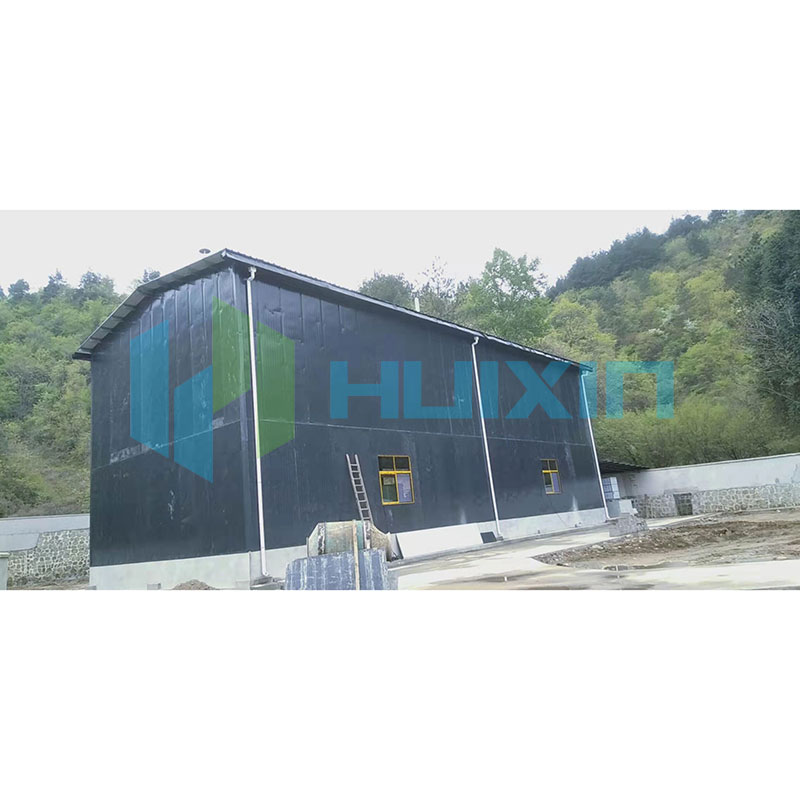What are the installation and operational requirements for the Small Waste Incinerator?
2023-10-17
The installation and operational requirements for a Small Waste Incinerator can vary depending on the specific model, capacity, and intended use of the incinerator. However, some general installation and operational considerations for a Small Waste Incinerator include:
Installation Requirements:
1. Location: Select an appropriate location for the incinerator that complies with local regulations and zoning laws. It should be situated away from residential areas, water bodies, and sensitive ecosystems to prevent any adverse environmental impacts.
2. Foundation: Ensure a stable and level foundation to support the weight of the incinerator and its operational loads.
3. Ventilation: Adequate ventilation is crucial to dissipate heat and remove exhaust gases. Install the incinerator in a well-ventilated area to maintain safe operating conditions.
4. Clearance: Maintain sufficient clearance around the incinerator to facilitate maintenance and ensure safe operation. Observe minimum clearance requirements specified by the manufacturer.
5. Utilities: Provide access to necessary utilities such as electricity, water supply (for cooling systems), and natural gas or other fuel sources (if applicable).
6. Pollution Control: Consider the installation of pollution control systems, such as a chimney or exhaust gas treatment devices, to comply with emission standards and prevent environmental pollution.
Operational Requirements:
1. Proper Waste Segregation: Ensure proper waste segregation before incineration to prevent the inclusion of hazardous or non-combustible materials in the waste stream.
2. Waste Loading: Load waste into the incinerator evenly and at the recommended rate to optimize combustion efficiency.
3. Temperature Control: Monitor and control the temperature within the incinerator to ensure effective waste incineration and minimize emissions.
4. Regular Maintenance: Implement a scheduled maintenance program to keep the incinerator in optimal condition and address any potential issues promptly.
5. Operator Training: Train operators in the safe and proper operation of the Small Waste Incinerator, including emergency procedures and handling of by-products.
6. Waste Disposal: Properly handle and dispose of the ash and other by-products generated during incineration in accordance with waste management regulations.
7. Record Keeping: Maintain comprehensive records of the incinerator's operation, maintenance activities, and waste disposal practices.
8. Compliance with Regulations: Adhere to all applicable local, regional, and national regulations and permits governing waste incineration and emissions.
It's important to note that specific installation and operational requirements can vary based on factors such as the incinerator's capacity, technology, and location. Always refer to the manufacturer's guidelines and local regulations to ensure compliance and safe operation. Additionally, consider seeking the assistance of qualified professionals during the installation and operation of a Small Waste Incinerator to ensure proper setup and compliance with all safety and environmental standards.



